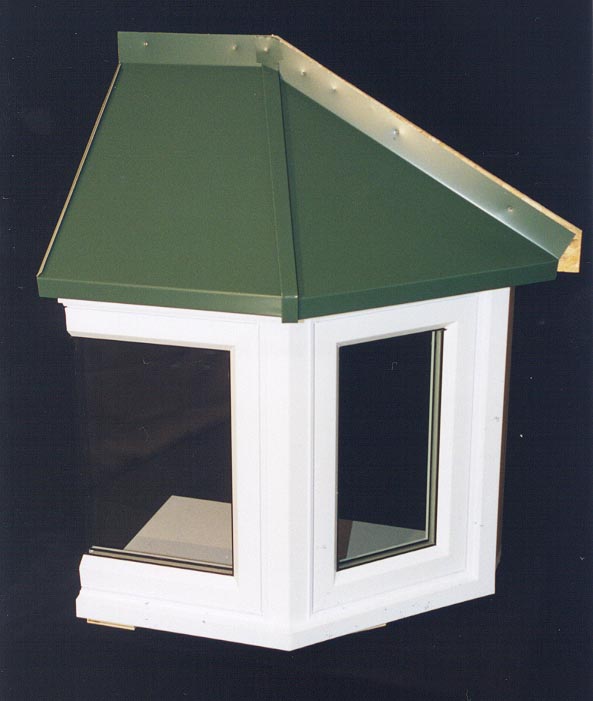The final green patina is a result of these compounds reacting with carbon dioxide and hydroxide ions.
Where does copper roof turn green in the us.
Copper flashing is usually used in conjunction with copper roofing materials such as shingles and gutters but it can be used with other types of roofing materials as well.
The first stage produces copper ii oxide a reddish compound and the second stage produces black copper i oxide.
When properly designed and installed a copper roof provides an economical long term roofing solution.
That is why the copper roof of a building looks green.
It takes many many years for copper to turn from brown to green.
Patina is just a layer on top of the metal.
When copper is exposed to water it turns a bluish green color like the statue of liberty or the roofs on old mansard buildings.
Copper is green as copper ii carbonate and copper ii hydroxide.
Before you begin gather some steel wool a bowl paper towels dish soap baking soda and a finishing wax or lacquer.
The patina actually protects the copper below the surface from further corrosion making it a good water proofing material for roofs which is why the roofs of so many old buildings are bright green.
This layer is known as the patina.
To turn copper green create a verdigris paina by rubbing the metal with a vinegar and salt solution.
Copper roofs are more expensive than other roofing but add a warm beautiful accent to your home.
Copper tarnish occurs in several stages and all involve electron loss.
Copper is very flexible and ductile.
Over time copper flashing changes color from its bright and shiny new look to a darkened greenish color.
This patina gives a roof character.
The copper metal reacts with oxygen resulting in the formation of an outer layer of copper oxide which appears green or bluish green in color.
Patina does not damage the statue.
But how do you keep the copper and brass from tarnishing or weathering.
It turns green because it oxidises.
Copper s resistance to the elements ranks among the highest of modern roofing materials.
Unlike other destructive oxidation processes the patina acts as a protective layer and it does not cause any weakness in the metal.
There are numerous examples of copper roofs which have been in place one or more centuries.
If not protected copper will weather and turn brown very quickly and the distinctive copper look is lost.
After a time in the air copper forms green copper carbonate at the surface called verdigris.
Installing copper flashing.
You love the warm glow of the metal.

